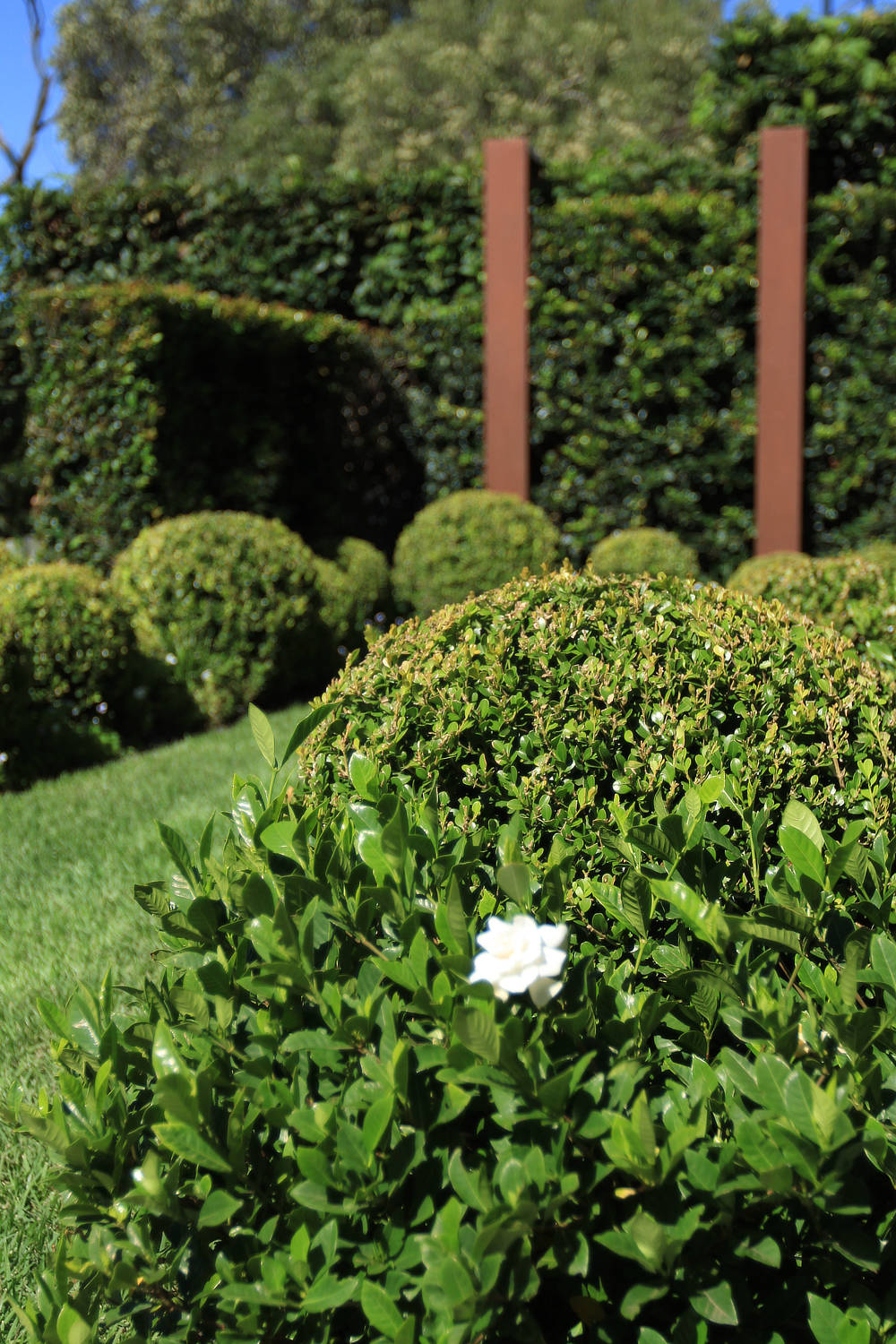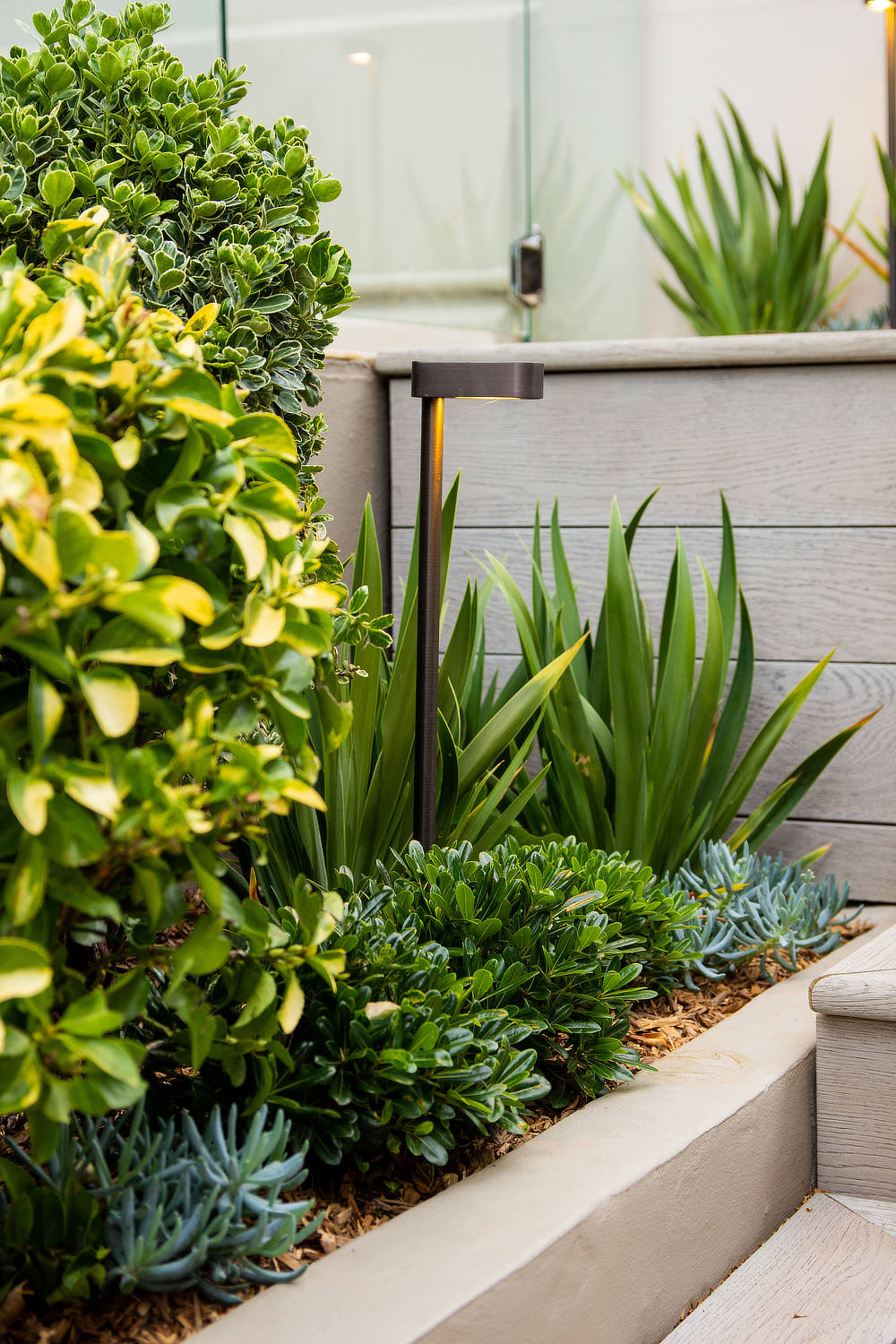Like so many of us across the country I have been spending more time at home and out in the garden, I’ve started taking on more DIY projects around the house and really taking a good look at my garden. The benefit of spending more time in the garden is you really get to know it well, like spending time catching up with family and old friends. You see spots that need a bit of extra attention, you move plants around to better locations and create areas that need new plants added to them.
The issue with adding lots of plants to a garden is the cost involved; planting out large areas of garden can be expensive so why not look at seeding the bed. Creating a garden bed with seeds is not only cost effective but gives you a meadow like effect in the planting – naturalistic, relaxed and full of flowers. Seeds are readily available online in a variety of mixes suitable for most types of garden style and climate.
Now is the perfect time to be seeding a garden bed, spring or autumn away for any cold or frosty weather. First measure your area to make sure you are applying the right amount of seeds, too much and the bed will be too full and the competition from all the plants will be detrimental. Too little seeds and you’ll have an empty look and lots of bare ground for weeds to invade. You need about 3-4 grams of seeds per meter squared.
Then you need to prepare your bed and ensure you remove all the weeds and existing seeds, for an area where no plants need to be kept I use a non-selective natural weed killer such as beat a weed or slasher. Spray this on as per the label and wait for the weeds to die before removing them from the bed.
Once the weeds are gone you can improve the soil, I add compost to aid in holding on to nutrients and water and a slow release fertiliser such as blood and bone. Spread this over the top of the soil and fork it through the bed. When forking the bed break up any large clods of soil and make the till, loose and friable, which basically means fluff it up so the new roots will be able to penetrate the ground with ease and the compost and fertiliser is well mixed through.
Finish your soil prep off by raking the bed flat and removing the large stones that come to the surface during this process. I then mix my seeds with a carrier such as vermiculite or dry sand as seeds can be almost microscopic this helps distribute them more evenly and it holds onto heat and water where it’s needed, next to the seed. Calculating the ratio of seed to carrier depends on the seed you are using but you want the appearance of a fine layer over the entire bed once complete – if you are unsure do a trail run without seeds first.
Spreading the seed can be done in an action aptly named ‘feeding the chooks’ spreading the mix evenly over the surface of the soil. Once complete spread a thin layer of pea straw mulch over the surface of the ground to protect the seeds, I then use a roller to press the seeds into the ground and ensure good contact, if you don’t have a roller lightly walking over the mulch will do this just try not to over compact the ground.
The final job is to water the bed and keep it moist, you don’t want to flood the garden bed, but you do need to keep it consistently moist. A mist spray on a hose nozzle is perfect for this, it does take more time to effectively water, but I think we can all agree watering is the best job in the garden.


